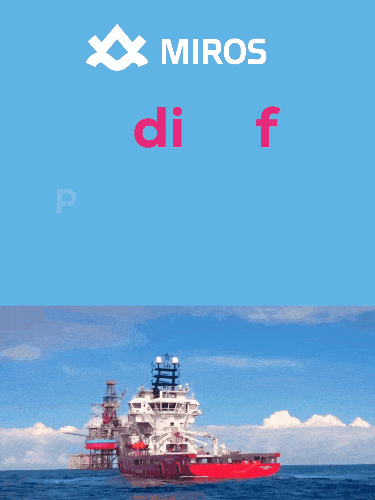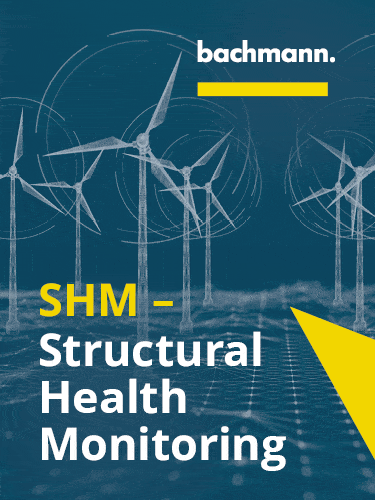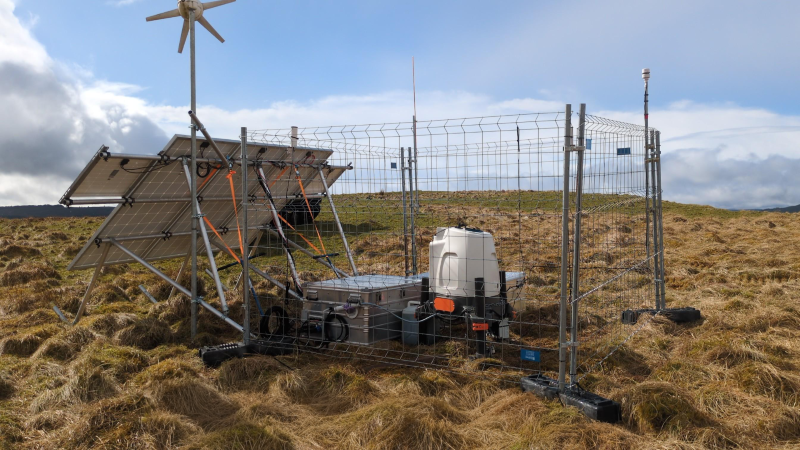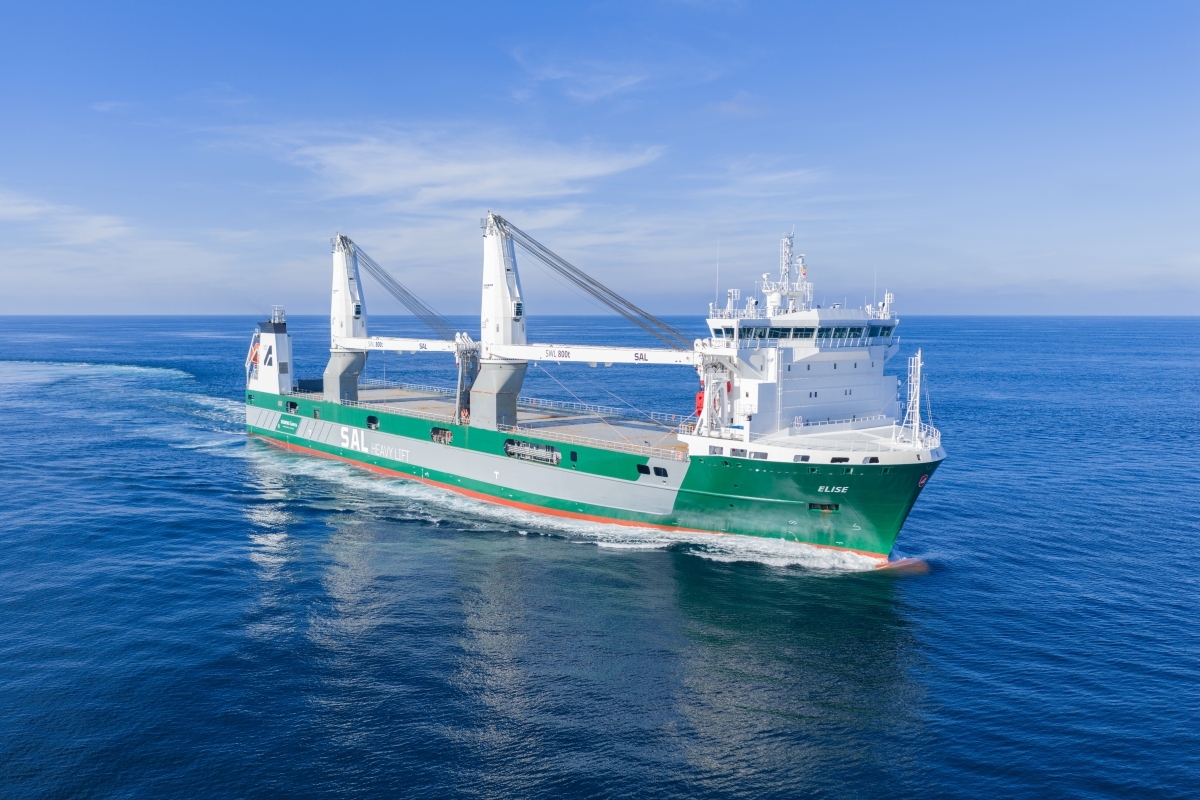News
10 years of successful offshore wind expansion in Germany - Getting increased expansion volumes off the ground quickly
Published in: Wind, Press Releases, Renewable News

- 160 turbines at sea with a capacity of 1,111 MW with first-time electricity feed-in in 2019, 1,469 turbines with a total capacity of 7,516 MW connected to the grid - offshore wind energy is becoming increasingly cost-effective and delivers the usual reliable high electricity volumes
- Increase the expansion target for offshore wind energy to at least 20 GW by 2030 - Implement quickly - Long-term expansion planning to 2035 (30 - 35 GW) and 2050
- Free capacities of up to 2 GW need to be allocated as quickly as possible to cushion the consequences of the expansion gap
- EU level: 450 GW offshore wind capacity planned by 2050 - technology from Germany as an export hit
- Strong domestic market is crucial for maintaining and expanding value creation and jobs in Germany and for remaining innovative
Berlin, 23 January 2020 - Today in Berlin, the German offshore wind industry presented the expansion figures for offshore wind energy in 2019. According to these figures, 160 turbines with a capacity of 1,111 MW were connected to the grid for the first time last year. This means that a total of 1,469 offshore wind turbines with a capacity of 7,516 MW will feed electricity into the grid. "At the beginning of offshore development in Germany in 2010, only 12 turbines with a capacity of 60 MW supplied clean electricity from the 'alpha ventus' test field. Ten years later, there are around 1,500 turbines with a capacity of over 7.5 GW. Electricity from offshore wind energy is cost-efficient, consistently reliable and competitive. Offshore wind energy has developed from Germany into an international success story," the industry representatives commented on the figures. "This makes the increase in the expansion targets for offshore wind energy decided by the Federal Government all the more important. The industry has long been calling for an expansion to at least 20 GW by 2030 and an expansion path that goes beyond that. To achieve this, the federal government must quickly create the legal basis and, in the first step, allocate free capacities of up to 2 GW to cushion the consequences of the expansion gap for the domestic industry. Only in this way can the domestic supply chain be maintained and earlier successes, such as the 2 GW expansion in 2015, be achieved again.
The industry representatives of BWE, BWO, Stiftung OFFSHORE-WINDENERGIE, VDMA Power Systems and WAB further explained: "Any further loss of time leads to additional job losses and endangers the international competitiveness of German companies. The know-how acquired in the offshore wind industry over the last decade is an important competitive edge in international competition that must be maintained. We still need a strong domestic market in order to remain successful in the constantly growing world market."
Creating long-term planning security for the expansion of renewable energies beyond 2030
Due to the long project cycles of offshore wind farms, long-term planning security is of great importance, so that the expansion of offshore wind energy up to 2035 and 2050 must be planned now, the industry representatives explained. Otherwise, there is a risk of bottlenecks and time distortions. However, the expansion paths for all renewable energy technologies would have to be reviewed in view of rising electricity requirements and the framework conditions adjusted accordingly. After the clarity of the phase-out of coal-fired power, we need an ambitious expansion of renewables to replace the missing electricity. According to industry representatives, offshore wind capacity of 30-35 GW will be required by 2035, and this will have to rise to over 50 GW by 2050.











.gif)




